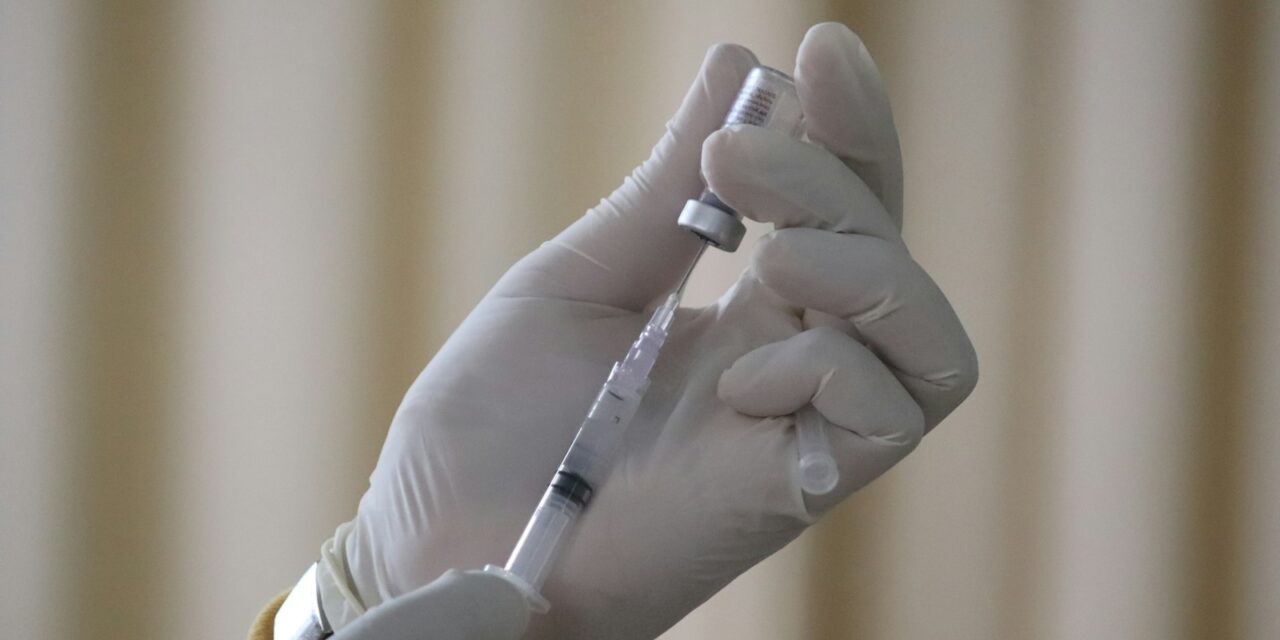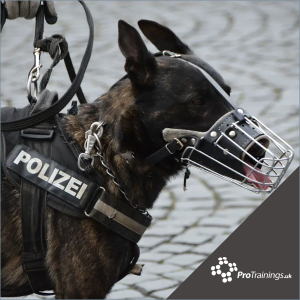The global canine influenza vaccine market is projected to reach USD 2,562.1 million by 2031, growing at a compound annual growth rate (CAGR) of 5.1% from 2024 to 2031, according to Coherent Market Insights.
The market size was estimated at USD 1,805.7 million in 2024 and is expected to see significant growth due to the rising trend of pet adoption worldwide. The companionship and emotional benefits provided by pets have led to more households adopting dogs, thereby increasing the demand for canine influenza vaccines.
In the United States, for example, the American Pet Products Association (APPA) reports that around 85 million households own a pet dog. This rise in pet ownership has heightened awareness about the importance of regular vaccinations, including those for canine influenza. Additionally, the risk of canine influenza virus infection, due to the virus’s favourable mutation, further propels vaccine demand. The H3N2 canine influenza virus, first detected in dogs in South Korea in early 2015, now spreads easily among dogs, underscoring the need for effective vaccination.
Growing Focus on Pet Health and Well-being
There is an increasing awareness among pet owners regarding their pets’ health and well-being. Pet owners are more inclined to vaccinate their pets against infectious diseases regularly. This trend is expected to drive the adoption of canine influenza vaccines over the forecast period.
Key players in the market are focusing on developing novel vaccines with improved efficacy and safety. For instance, Zoetis Inc. received a conditional licence from the U.S. Department of Agriculture (USDA) for its RECOMBITEK Influenza H3N2 vaccine for dogs in July 2021. Such innovations are expected to boost market growth in the coming years.
The recombinant vaccine segment is anticipated to hold the largest market share, accounting for approximately 40% of the global canine influenza vaccine market in 2024. Recombinant vaccines, which contain gene sequences from disease-causing organisms inserted into vectors such as yeast, bacteria, or viruses, induce strong immune responses and have a good safety profile. Their effectiveness and safety also make them a preferred choice for canine influenza vaccination.
In contrast, the inactivated vaccine segment is expected to witness a CAGR of 4.8% during the forecast period. These vaccines contain whole virions or viral particles that have been destroyed by heat, chemicals, or radiation. While their effectiveness is generally lower than recombinant vaccines, they still offer protection against severe forms of the disease and are widely used in canine vaccination programmes.
Regional Market Insights
The H3N8 virus type segment dominates the market with around 60% share. H3N8 is the predominant canine influenza virus strain circulating globally. Vaccines targeting this subtype provide broad protection against prevalent strains. Rising H3N8 outbreaks worldwide have boosted demand for H3N8 vaccines from veterinary practitioners. The segment is forecast to exhibit a CAGR of 5.5% over the analysis period.
North America is expected to hold a dominant position over the forecast period, driven by high pet care expenditure and a robust veterinary healthcare infrastructure. The region’s advanced veterinary services and high awareness levels about pet health contribute to its leading market position.
On the basis of distribution channels, the public segment is expected to hold a dominant position over the forecast period due to bulk purchases of vaccines by government organisations for vaccination drives. This distribution method also ensures widespread access to vaccines, supporting overall market growth.








